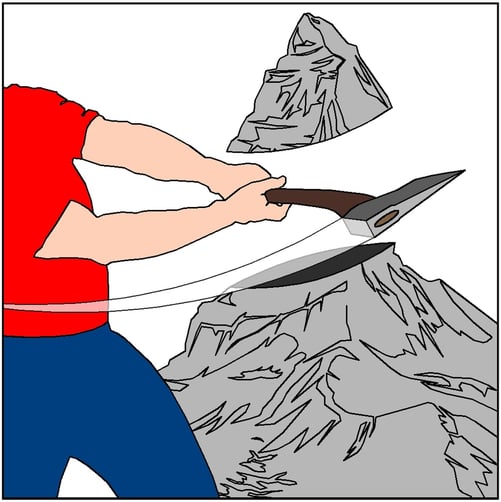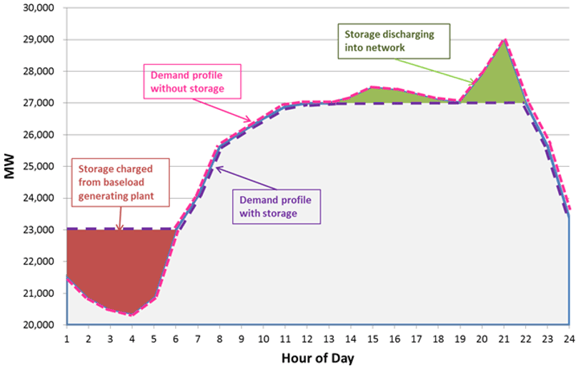On a current project that Cx Associates is consulting on, the client has a goal of reducing their building’s peak demand charge. For commercial customers, peak demand charges are usually charged based on the peak kW demand of the building or facility during a certain time (e.g. 1-4 PM) of the day. If there is a peak kW outside of this specific time frame, there is no “peak demand charge” from the utility for this peak kW.
 Image by City of Concord's (NC) Electric Systems Department
Image by City of Concord's (NC) Electric Systems Department
The client we are working with on this project is not charged a demand charge during the specific “peak demand period.” Instead, their demand charge is based on their peak demand at any point of the day, whether it happens at 2PM or 2AM. This created a unique situation since some of the most common peak shaving techniques are design to limit peak kW for the duration of the peak demand charge window of time. Since our client did not have a severe or well defined spike in kW at a certain time during the day, a solution had to be developed that had the ability to lower kW for extended periods of time, and react to maintain a maximum kW at any time of the day.
In an earlier blog post, I wrote about a kW reduction we were able to find in this building that would have an effect on peak kW charges. Other contributors to peak demand were also identified, such as some kitchen equipment. However, after metering the plug loads and equipment loads in the building it was concluded that the equipment in the building was running as it was designed to. There was no smoking gun identified that was causing significant kW peaks due to an operational issue. After coming to this conclusion, we began to examine options that the customer could use to help reduce the peak kW by supplementing grid energy and/or altering normal equipment operation to maintain a lower building peak kW.
There are many peak shaving strategies that are commonly used, when just improving equipment efficiency is not enough to meet peak kW reduction goals. Below are some of the most common peak shaving strategies, and some of these strategies have multiple different methods.
Energy Storage
Energy storage is a strategy that has multiple methods to achieve the same goal, which is using energy during off peak times and storing it to be used during peak times. Using this stored energy during peak times, instead of grid energy from the utility, effectively lowers the energy that the utility sees thus lowering the peak demand charge.

Chart source: https://energyclub.stanford.edu/deploying-battery-storage-in-commercial-buildings-opportunities-and-challenges-kavousian/
Ice storage is an example of energy storage, typically used in large commercial chilled water applications, where ice is generated during off peak periods, and then used by the chilled water system during peak periods. This allows the chillers to remain off during peak periods, since the chilled water can be cooled using the ice. After the peak period is over, the chillers can run again to replenish the ice storage using energy during off peak times.
Batteries are another form of energy storage that are becoming more common as battery technology gets better and becomes more affordable. This technology can be used on a wider range of applications since it simply supplies power that can be used as it normally would from the batteries during peak times instead of the grid. The batteries can also be recharged in different methods, either by renewable power such as solar or wind, or from the grid overnight during off peak times. They are also modular in nature and can be designed to fit a wide variety of applications, and can also be expanded for more capacity over time.
To hear more about peak shaving and other opportunities to help save money on your facility’s electric bill please contact Cx Associates for more information.


